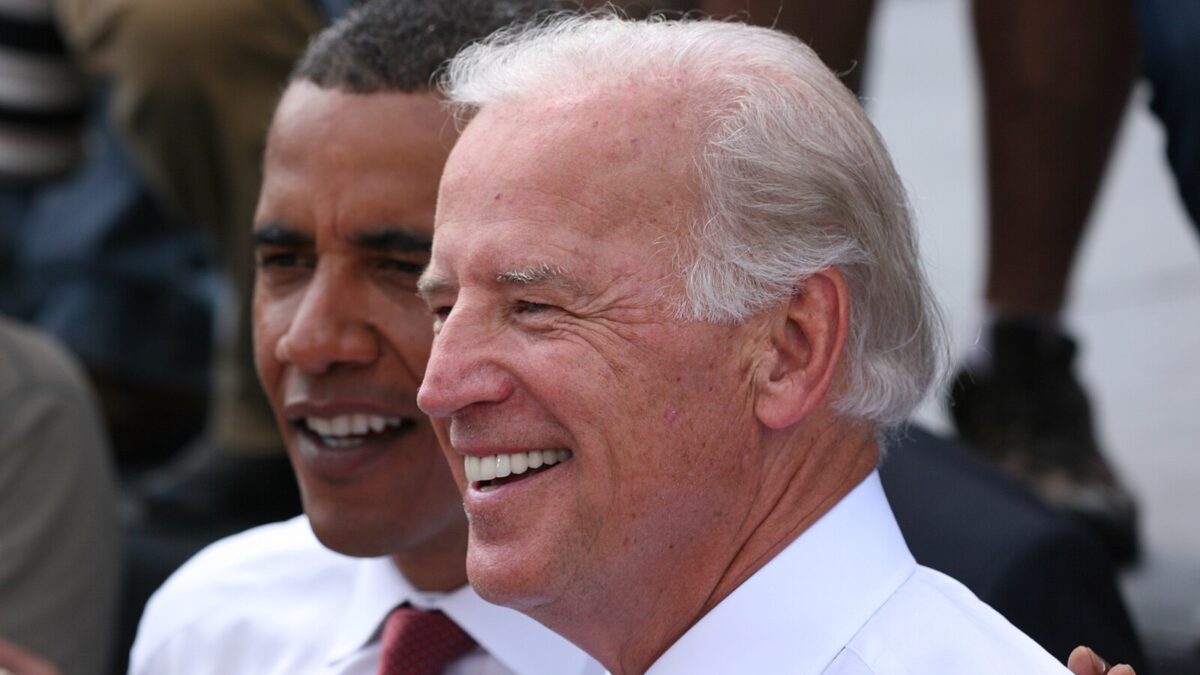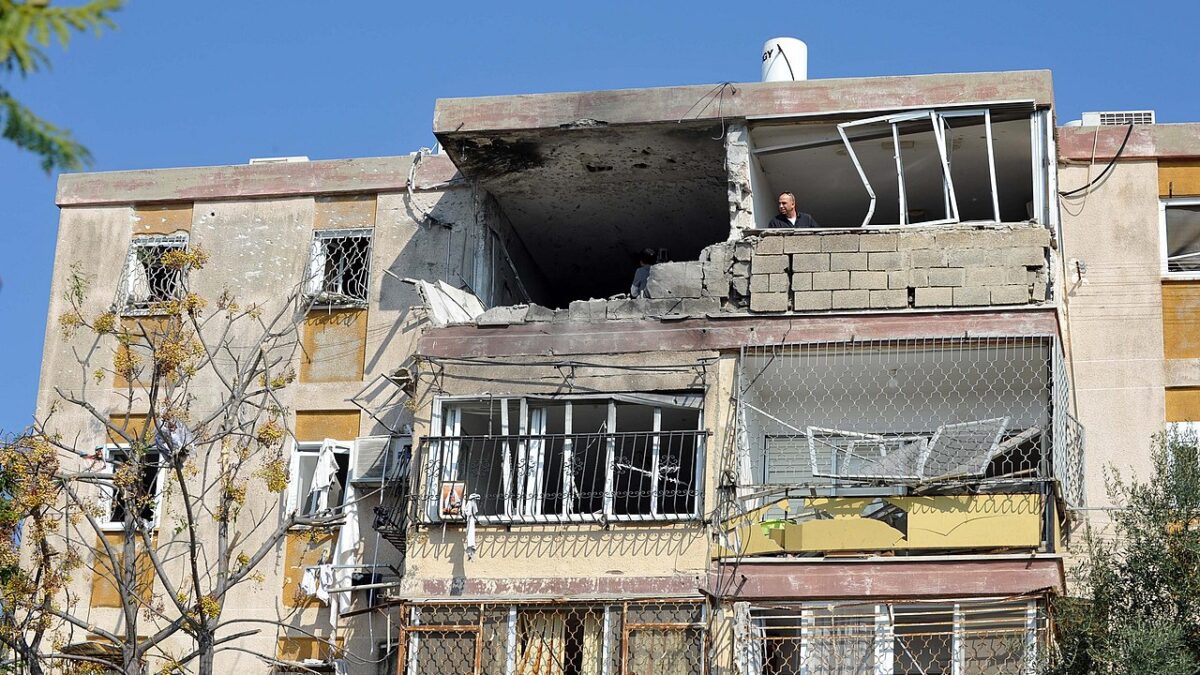
We’re hearing in the media lately that Iran may strike U.S. military forces in the Middle East as a result of rising tensions. This state of affairs was supposedly initiated by the Trump administration’s refusal to exempt sanctions on oil purchases for China, India, Turkey, and South Korea before they expired on May 2. While this has been presented as a startling new development worthy of breathless reporting, Iranian missile technology has had this aggressive capability for quite some time.
A great deal of open-source information can illuminate the current state of Iranian missile capability. This allows for a concise history of its development, including a breakdown of Iran’s additional launching platforms in Syria, Yemen, and Oman. The unintended consequences of such a provocative course of action should also not be overlooked.
Beyond the ubiquitous graphics indicating various missile ranges, we can understand Iran’s current capabilities. The destructive potential of Iran’s short- and medium-range ballistic missiles in addition to its increasing capability with land-attack cruise missiles easily place it as the foremost threat in the region. Indeed, its missile program serves as a primary tool in supporting Tehran’s regional interest and is a linchpin of its defense strategy.
A full-blown technical analysis of Iran’s entire missile arsenal is beyond this article. However, we can concentrate on a specific weapons system and its effects on potential military action.
Yemen and Syria could serve as possible platforms for Iranian missile launches (see figure 1). Critically, these points of origin would place an Iranian strike well within the range of the Strait of Hormuz and Bab-el-Mandeb, which are economic, operational, and strategic choke points to the Persian Gulf and the Red Sea.
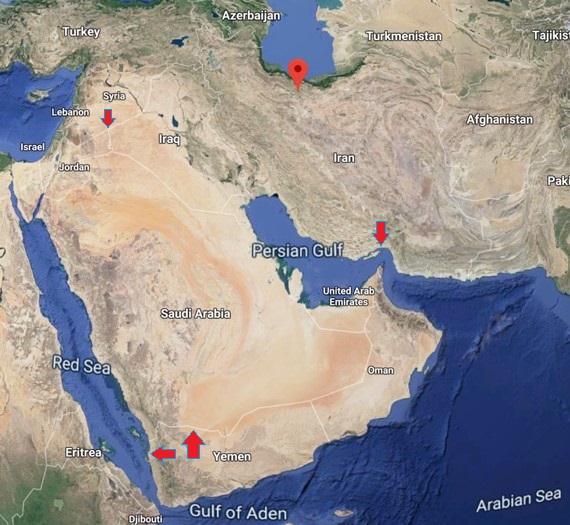
Given potential launch locations, survivability, and missile design, this range of 1,500 kilometers effectively covers the entirety of the greater Middle East and a large swath of North Africa (see figures 2 and 3). The solid-fuel, medium-range Sejil 2 missile has the capability and survivability to pose a serious regional threat. First test-fired in 2011, the Sejil 2 is a road-mobile, mature weapons system with a potential range of 2,000 kilometers (see figure 4).
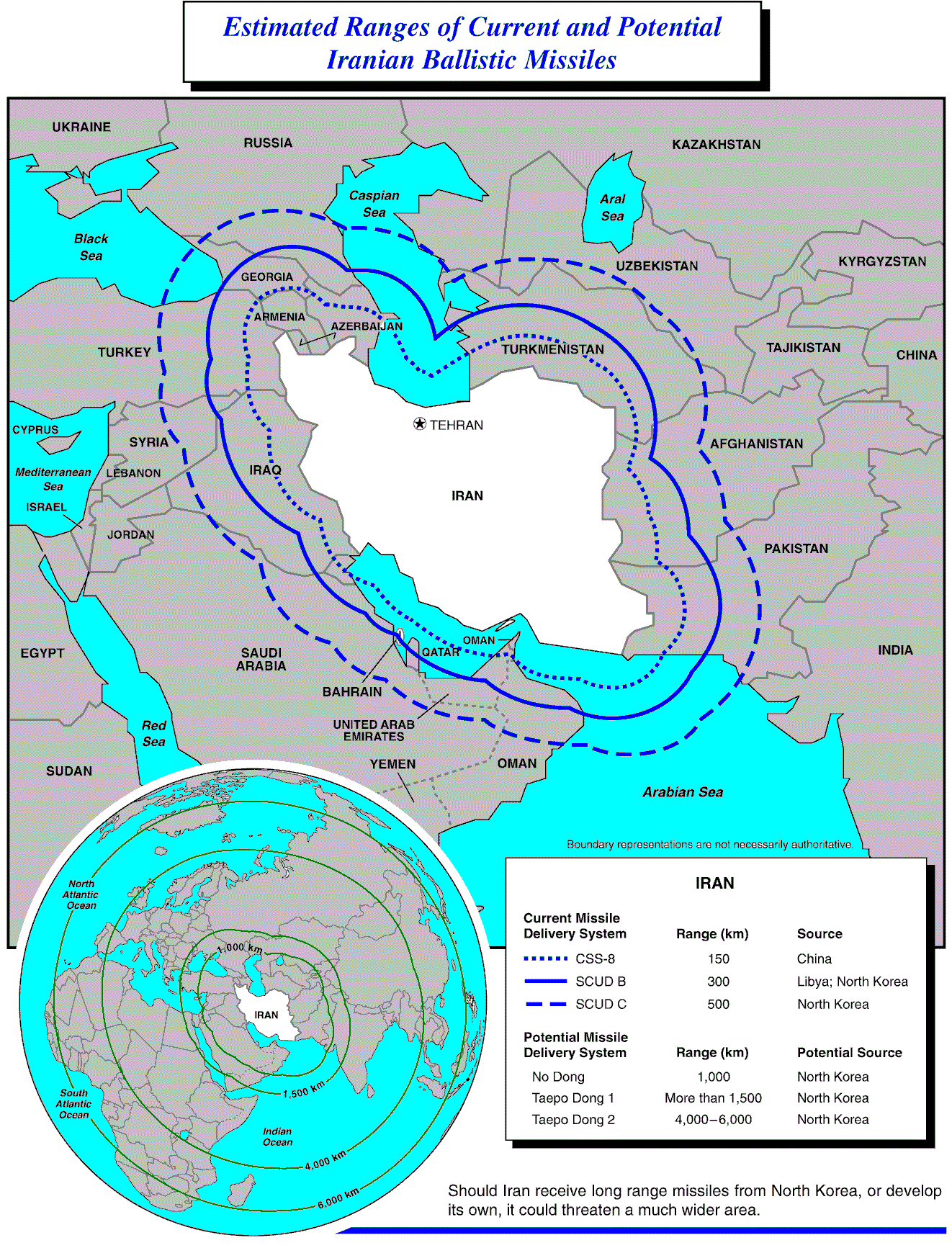
What are the logical next steps after an Iranian first strike in the gulf? Iran’s Supreme Leader Ayatollah Ali Khamenei, President Hassan Rouhani, and Iran Revolutionary Guards Corp Naval commander Alireza Tangsiri have all stated that Iran can and will block the Strait of Hormuz and the Bab-el-Mandeb if the United States continues its present sanctions. This would deny entry and exit to the strategically critical Persian Gulf and Red Sea, significantly affecting the economies of Kuwait, Iraq, Saudi Arabia, Qatar, and the United Arab Emirates.
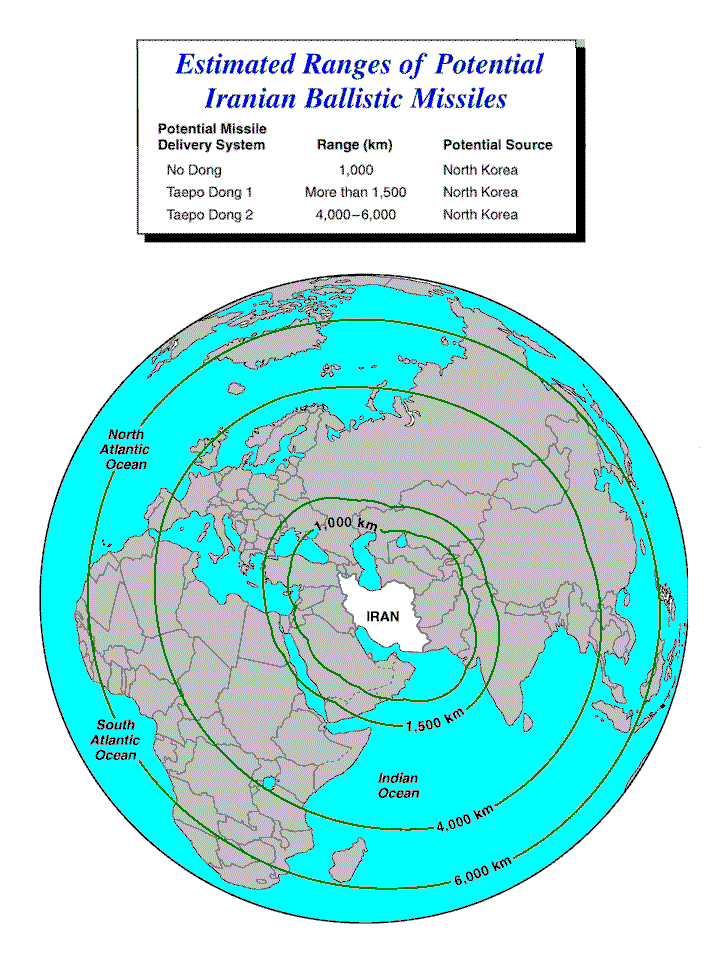
Estimates indicate approximately a fifth of the world’s crude supply passes through the straits. However, according to the U.N. Convention on the Law of the Sea, any attempt to block the strait would be categorically illegal. This U.N. agreement specifically mentions a binding right of transit passage to areas “used for international navigation between one part of the high seas or an exclusive economic zone and another part of the high seas or an exclusive economic zone.”
Strategically speaking, the OPEC Gulf States will not reinforce any Iranian maneuvers in the region. Led by Saudi Arabia, the signatories of the Gulf Cooperation Council (Saudi Arabia, Kuwait, Bahrain, Qatar, the UAE and Oman) are under obligation to the U.N., Russia, and the United States. As we have seen on the bloody ground of Yemen, Saudi Arabia and Iran have remained long-term combatants for regional supremacy. Any cooperative action between the two is off the table.
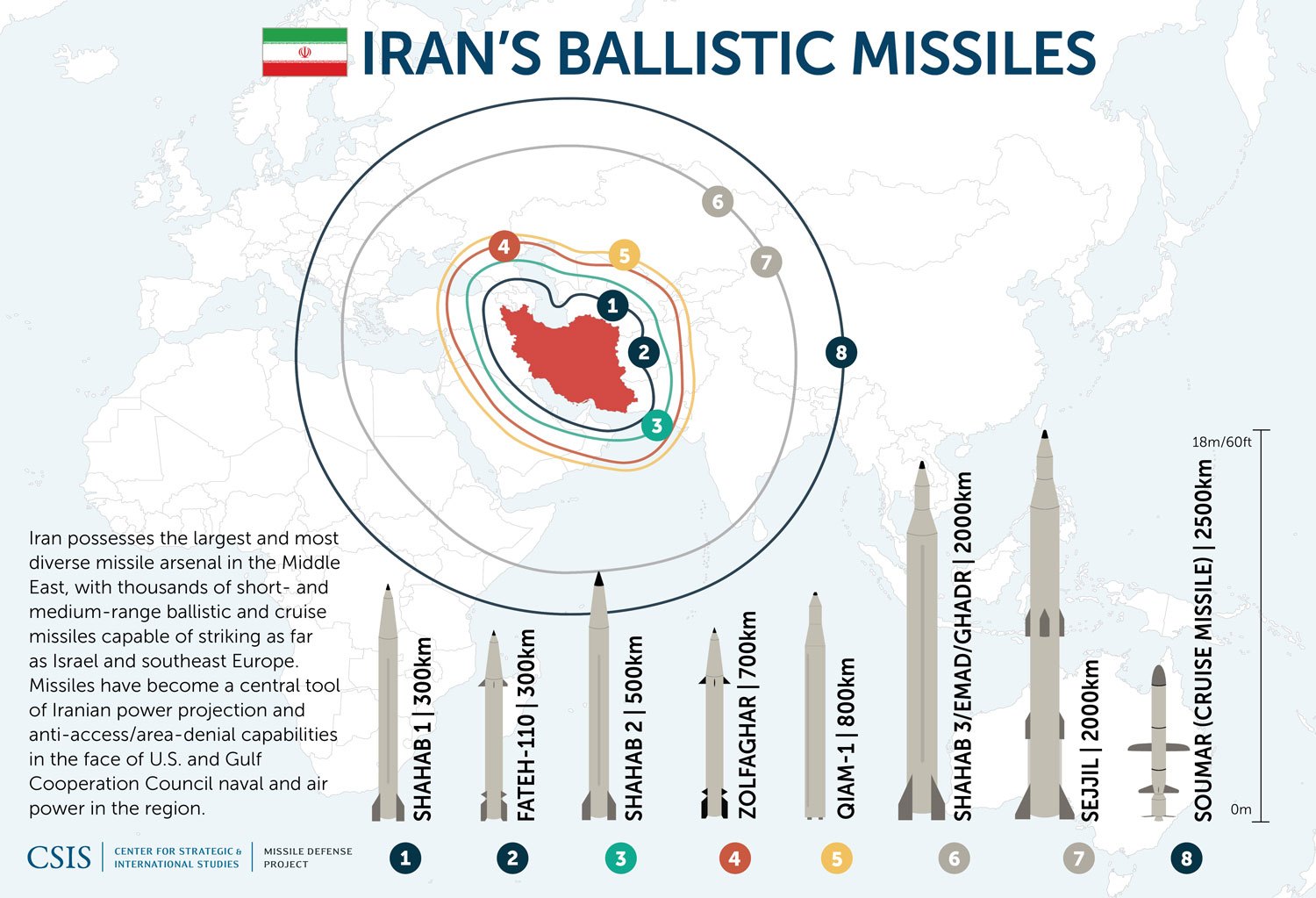
Economically, Iran remains in a freefall. The World Bank and International Monetary Fund forecast Iranian gross domestic product contraction at somewhere between 3.9 and 6 percent. The decline in oil exports and President Trump’s decision to withdraw from the Joint Comprehensive Plan of Action (JCPOA) are widely viewed as the main reasons for this precipitous decline.
Iran’s military adventurism in Syria and Yemen and its desire to reestablish the strategic relevance of the Shia Crescent have resulted in unprecedented protests and unrest within the country. This comes amidst troubling reports of a decline in capacity for oil exports, the inevitable result of a feeble economy combined with crumbling infrastructure.
Given the White House’s increasingly pointed rhetoric about any attempted closure of the Strait, a naval engagement—which Iran certainly would lose—is a potential, though unlikely result of the latest tension. Recent events including suspected sabotage of a Saudi Arabian oil pipeline and the damaging of four oil tankers near the Strait of Hormuz seem to point to a more conventional short-term Iranian response.



